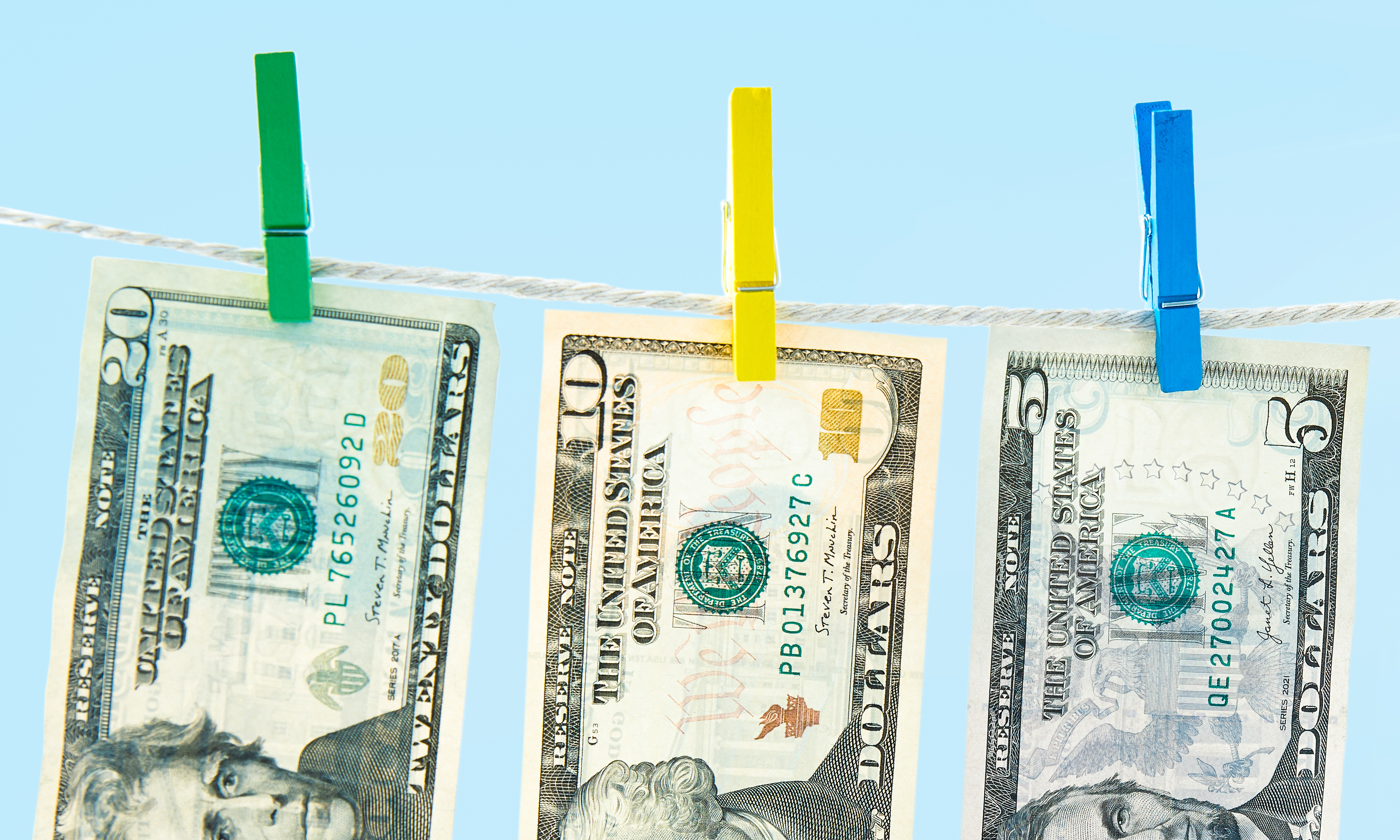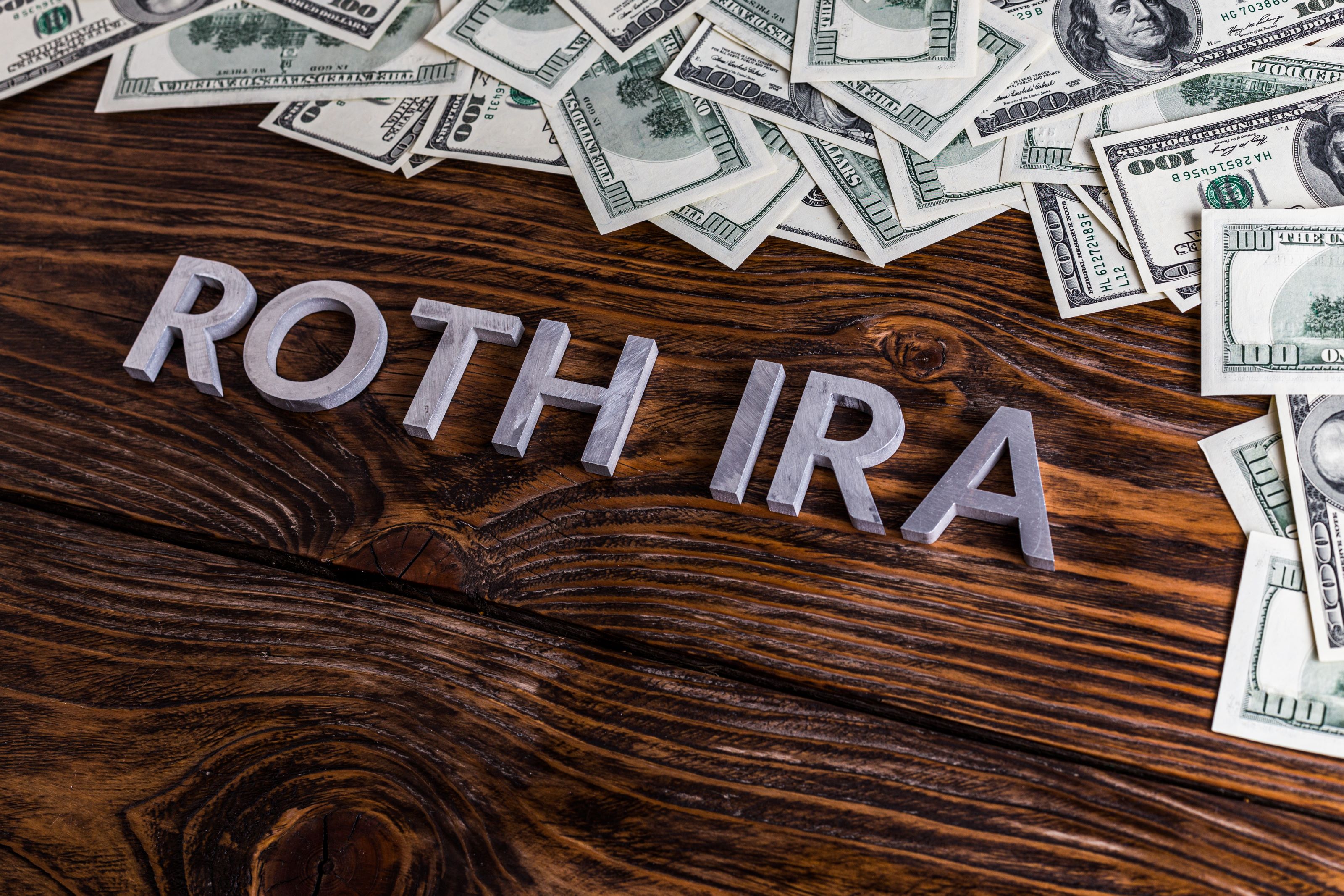Switch Accounts for a Better Yield?
If your current account has a reliable history of strong yields, it might be worth sticking around.


Interest rates on savings accounts often fluctuate, making the hunt for the highest yield on your savings stash a cat-and-mouse game. If your account’s yield falls, is it worth switching to a different account offering a better rate? After all, the new account’s yield could drop at any time, too.
Doing some math can help you make the call. Say you have $10,000 in a savings account with a rate that recently dropped to 0.4%. Over the next year, you’ll earn about $40 in interest if the rate remains steady. If you move the money to an account yielding 0.7% — one of the top rates available recently — you’ll earn about $70 in interest over a year, or $30 more, if the yield stays the same (but that’s a big if).
If you hold a bigger balance, switching becomes more compelling. “The more you have in the savings account, the larger the difference, and that can make even a small rate advantage worthwhile,” says Ken Tumin, of DepositAccounts.com. Using the example above but with a $50,000 balance, you’d earn about $150 more in interest by moving your money to the higher-yielding account. With a $100,000 balance, the difference is about $300. You can run the numbers by visiting Investor.gov, hovering over the “Financial Tools & Calculators” tab and selecting “Compound Interest Calculator.”
From just $107.88 $24.99 for Kiplinger Personal Finance
Become a smarter, better informed investor. Subscribe from just $107.88 $24.99, plus get up to 4 Special Issues

Sign up for Kiplinger’s Free Newsletters
Profit and prosper with the best of expert advice on investing, taxes, retirement, personal finance and more - straight to your e-mail.
Profit and prosper with the best of expert advice - straight to your e-mail.
Look for consistency. Accounts that have reliably offered strong yields in the past are more likely to continue providing above-average rates than those that occasionally dangle chart-topping yields to attract customers. To see a list of the highest-yielding accounts in your area, visit Depositaccounts. For each account, you can click on “Details” to see its rate history. Tumin notes that in an index of 10 well-established online savings accounts that DepositAccounts tracks, the no-fee accounts from Live Oak Bank (0.6% yield), SFGI Direct (0.56% yield) and Synchrony (0.55% yield) recently offered rates higher than the index average of 0.49%, and they’ve had above-average rates for the past three and a half years, too.
Profit and prosper with the best of Kiplinger's advice on investing, taxes, retirement, personal finance and much more. Delivered daily. Enter your email in the box and click Sign Me Up.

Lisa has been the editor of Kiplinger Personal Finance since June 2023. Previously, she spent more than a decade reporting and writing for the magazine on a variety of topics, including credit, banking and retirement. She has shared her expertise as a guest on the Today Show, CNN, Fox, NPR, Cheddar and many other media outlets around the nation. Lisa graduated from Ball State University and received the school’s “Graduate of the Last Decade” award in 2014. A military spouse, she has moved around the U.S. and currently lives in the Philadelphia area with her husband and two sons.
-
 'Humbug!' Say Consumers, Despite Hot GDP: Stock Market Today
'Humbug!' Say Consumers, Despite Hot GDP: Stock Market Today"The stock market is not the economy," they say, but both things are up. Yet one survey says people are still feeling down in the middle of this complex season.
-
 The SEC Is Concerned for Older Investors and Retirement Savers. Here's What You Should Know
The SEC Is Concerned for Older Investors and Retirement Savers. Here's What You Should KnowThe SEC focusing on older investors, retirement and college savers, and private securities. Here's how those changes impact you.
-
 Vesting, Catch-Ups and Roths: The 401(k) Knowledge Quiz
Vesting, Catch-Ups and Roths: The 401(k) Knowledge QuizQuiz Test your understanding of key 401(k) concepts with our quick quiz.
-
 9 Types of Insurance You Probably Don't Need
9 Types of Insurance You Probably Don't NeedFinancial Planning If you're paying for these types of insurance, you may be wasting your money. Here's what you need to know.
-
 Money for Your Kids? Three Ways Trump's ‘Big Beautiful Bill’ Impacts Your Child's Finances
Money for Your Kids? Three Ways Trump's ‘Big Beautiful Bill’ Impacts Your Child's FinancesTax Tips The Trump tax bill could help your child with future education and homebuying costs. Here’s how.
-
 Key 2025 Tax Changes for Parents in Trump's Megabill
Key 2025 Tax Changes for Parents in Trump's MegabillTax Changes Are you a parent? The so-called ‘One Big Beautiful Bill’ (OBBB) impacts several key tax incentives that can affect your family this year and beyond.
-
 Amazon Resale: Where Amazon Prime Returns Become Your Online Bargains
Amazon Resale: Where Amazon Prime Returns Become Your Online BargainsFeature Amazon Resale products may have some imperfections, but that often leads to wildly discounted prices.
-
 What Does Medicare Not Cover? Eight Things You Should Know
What Does Medicare Not Cover? Eight Things You Should KnowMedicare Part A and Part B leave gaps in your healthcare coverage. But Medicare Advantage has problems, too.
-
 Roth IRA Contribution Limits for 2026
Roth IRA Contribution Limits for 2026Roth IRAs Roth IRAs allow you to save for retirement with after-tax dollars while you're working, and then withdraw those contributions and earnings tax-free when you retire. Here's a look at 2026 limits and income-based phaseouts.
-
 Four Tips for Renting Out Your Home on Airbnb
Four Tips for Renting Out Your Home on Airbnbreal estate Here's what you should know before listing your home on Airbnb.
-
 Five Ways to a Cheap Last-Minute Vacation
Five Ways to a Cheap Last-Minute VacationTravel It is possible to pull off a cheap last-minute vacation. Here are some tips to make it happen.